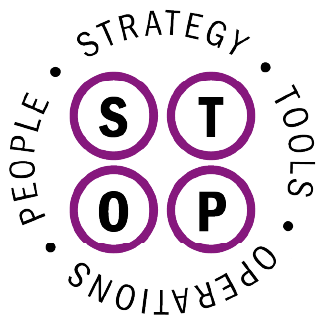As we conclude our S.T.O.P to GO series, we’ve journeyed through Strategy → Tools → Operations and now focus on the most important element: People.
Remember, S.T.O.P. is actionable and a crucial step in closing GAPS within any productive environment.
S – Strategies
T – Tools
O – Operations
P – People
My commitment to professional development best practices and my expertise in process methodology have sharpened my awareness of the growing divide we see worldwide, where hatred has flourished. Over the past year, I’ve been the target of hate because I am Jewish. This personal experience has only strengthened my resolve to bridge the gaps in human development.
People are the cornerstone of our livelihoods, families, work, and communities. Through the lens of professional development, I always ask our clients:
What’s the point of crafting an effective strategy, investing in integrated tools, and structuring precise operations if it’s not all supported by investing in a winning team?
Continued investment in people is essential for success.
This past year, I’ve also been reflecting on a deeper question:
What kind of human development investments are necessary to hinder antisemitism and other forms of hatred?
The resilience and unity of the Jewish people serve as a powerful metaphor for why investing in people matters. Just as the Jewish community has survived over millennia, organizations must also prioritize building strong, resilient teams to ensure long-term success.
People have the right to disagree. Many of you reading this may hold views that differ from mine, and that’s okay. But it’s hard to deny the reality of an ever-widening global PEOPLE GAP – a gap in the way we value and invest in each other.
As we reflect on the importance of people – both within our organizations and in the larger narrative of history – it’s crucial to remember the strength that comes from investing in human development.
We are deeply committed to fostering diverse views through our 4 Quadrant method, ensuring we empower our teams and clients with fair, inclusive approaches to collective success.
I invite you to reflect:
How does your organization invest in its people, and how does that investment reduce division while driving long-term success?



